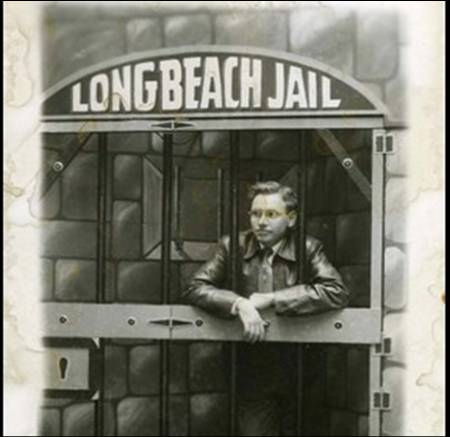Continuation in our series on portfolio management and Seth Klarman, with ideas extracted from old Baupost Group letters. Our Readers know that we generally provide excerpts along with commentary for each topic. However, at the request of Baupost, we will not be providing any excerpts, only our interpretive summaries, for this series.
Sizing, Catalyst, Expected Return, Hurdle Rate, Cash, Hedging, Correlation, Diversification
In the 1999 letter, Klarman breaks down the portfolio, which consists of the following components:
- Cash (~42% of NAV) – dry powder, available to take advantage of bargains if/when available
- Public & Private Investments (~25% of NAV) – investments with strong catalysts for partial or complete realization of underlying value (bankruptcies, restructurings, liquidations, breakups, asset sales, etc.), purchased with expected return of 15-20%+, likelihood of success dependent upon outcome of each situation and less on the general stock market movement. This category is generally uncorrelated with markets.
- Deeply Undervalued Securities – investments with no strong catalyst for value realization, purchased at discounts of 30-50% or more below estimated asset value. “No strong catalyst” doesn’t mean “no catalyst.” Many of the investments in this category had ongoing share repurchase programs and/or insider buying, but these only offered modest protection from market volatility. Therefore this category is generally correlated with markets.
- Hedges (~1% NAV)
Often, investments are moved between category 2 and 3, as catalyst(s) emerge or disappear.
This portfolio construction approach is similar to Buffett’s approach during the Partnership days (see our 1961 Part 3 article for portfolio construction parallels). Perhaps Klarman drew inspiration from the classic Buffett letters. Or perhaps Klarman arrived at this approach independently because the “bucket” method to portfolio construction is quite logical, allowing the portfolio manager to breakdown the attributes (volatility, correlation, catalysts, underlying risks, etc.) and return contribution of each bucket to the overall portfolio.
Klarman also writes that few positions in the portfolio exceed 5% of NAV in the “recent” years around 1999. This may imply that the portfolio is relatively diversified, but does lower sizing as % of NAV truly equate to diversification? (Regular readers know from previous articles that correlation significantly impacts the level of portfolio diversification vs. concentration of a portfolio.) One could make the case that the portfolio buckets outlined above are another form of sizing – a slight twist on the usual sizing of individual ideas and securities – because the investments in each bucket may contain correlated underlying characteristics.
Duration, Catalyst
Klarman reminds his investors that stocks are perpetuities, and have no maturity dates. However, by investing in stocks with catalysts, he creates some degree of duration in a portfolio that would otherwise have infinite duration. In other words, catalysts change the duration of equity portfolios.
Momentum
Vicious Cycle = protracted underperformance causes disappointed holder to sell, which in turn produces illiquidity and price declines, prompting greater underperformance triggering a new wave of selling. This was true for small-cap fund managers and their holdings during 1999 as small-cap underperformed, experienced outflows, which triggered more selling and consequent underperformance. The virtuous cycle is the exact opposite of this phenomenon, where capital flows into strongly performing names & sectors.
Klarman’s commentary indirectly hints at the hypothesis that momentum is a by-product of investors’ psychological tendency to chase performance.
Risk, Psychology
Klarman writes that financial markets have been so good for so long that fear of market risk has completely evaporated, and the risk tolerance of average investors has greatly increased. People who used to invest in CDs now hold a portfolio of growth stocks. The explanation of this phenomenon lies in human nature’s inability to comprehend that we may not know everything, and an unwillingness to believe that everything can change on a dime.
This dovetails nicely with Howard Mark’s notion of the ‘perversity of risk’:
“The ultimate irony lies in the fact that the reward for taking incremental risk shrinks as more people move to take it. Thus, the market is not a static arena in which investors operate. It is responsive, shaped by investors’ own behavior. Their increasing confidence creates more that they should worry about, just as their rising fear and risk aversion combine to widen risk premiums at the same time as they reduce risk. I call this the ‘perversity of risk.’”
When To Buy, Psychology
Klarman writes that one should never be “blindly contrarian” and simply buy whatever is out of favor believing it will be restored because often investments are disfavored for good reason. It is also important to gauge the psychology of other investors – e.g., how far along is the current trend, what are the forces driving it, how much further does it have to go? Being early is synonymous to being wrong. Contrarian investors should develop an understanding of the psychology of sellers. Sourcing
When sourcing ideas, Baupost employs no rigid formulas because Klarman believes that flexibility improves one’s prospectus for returns with limited risk.











